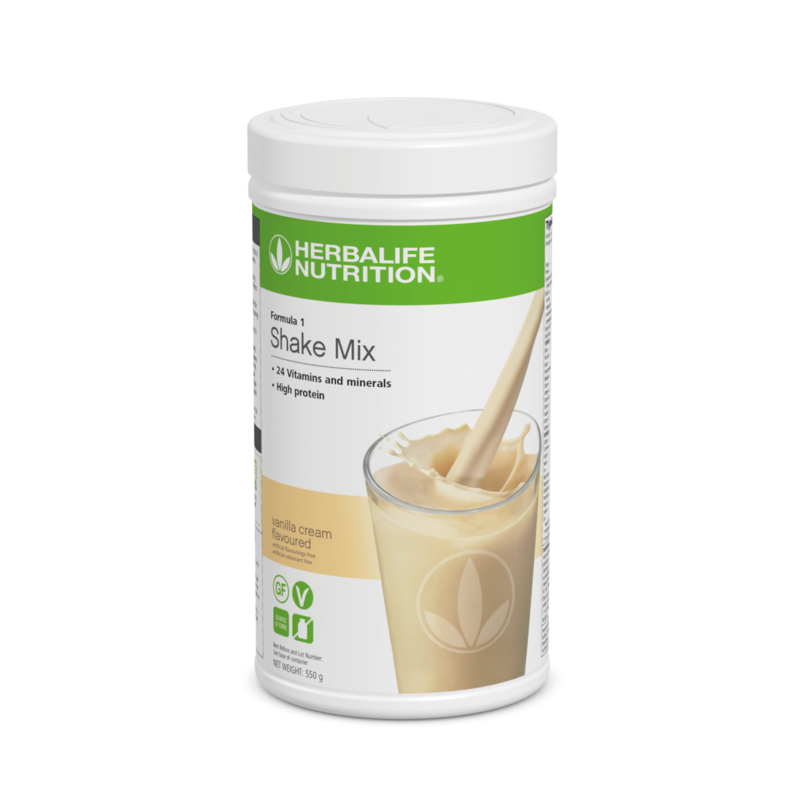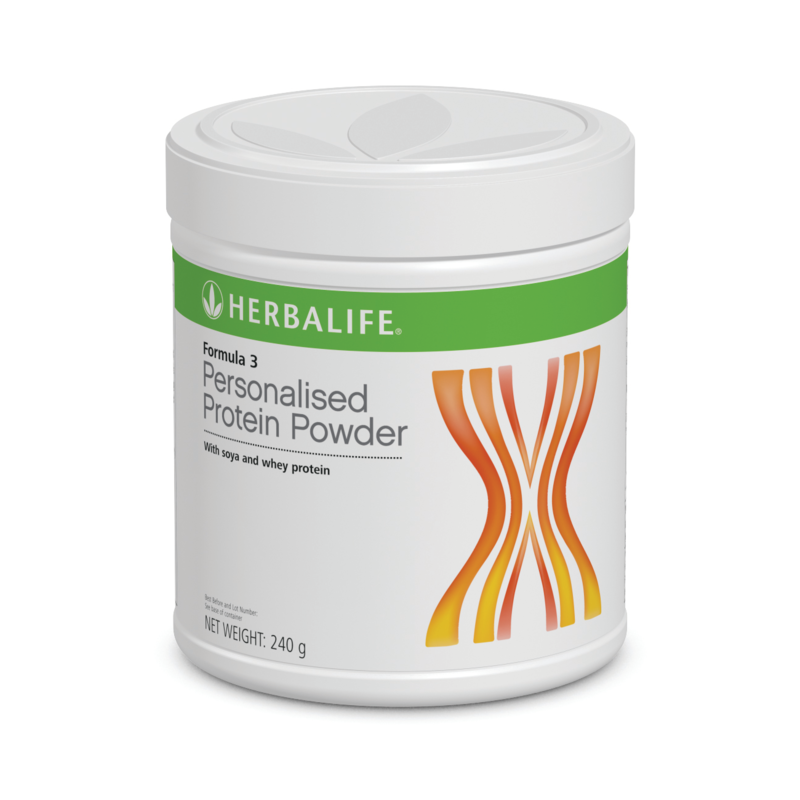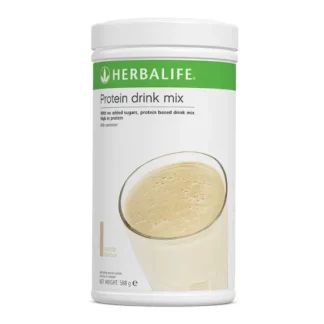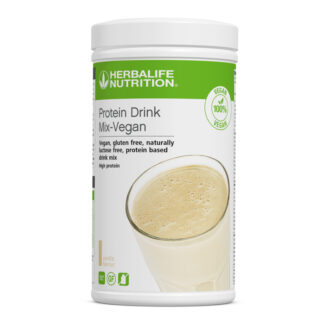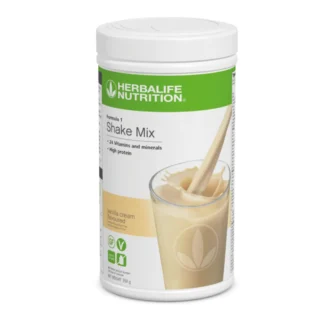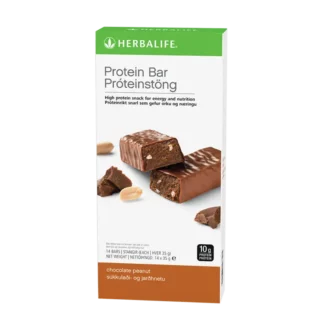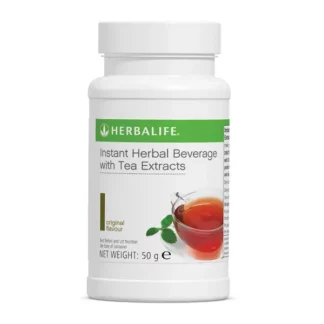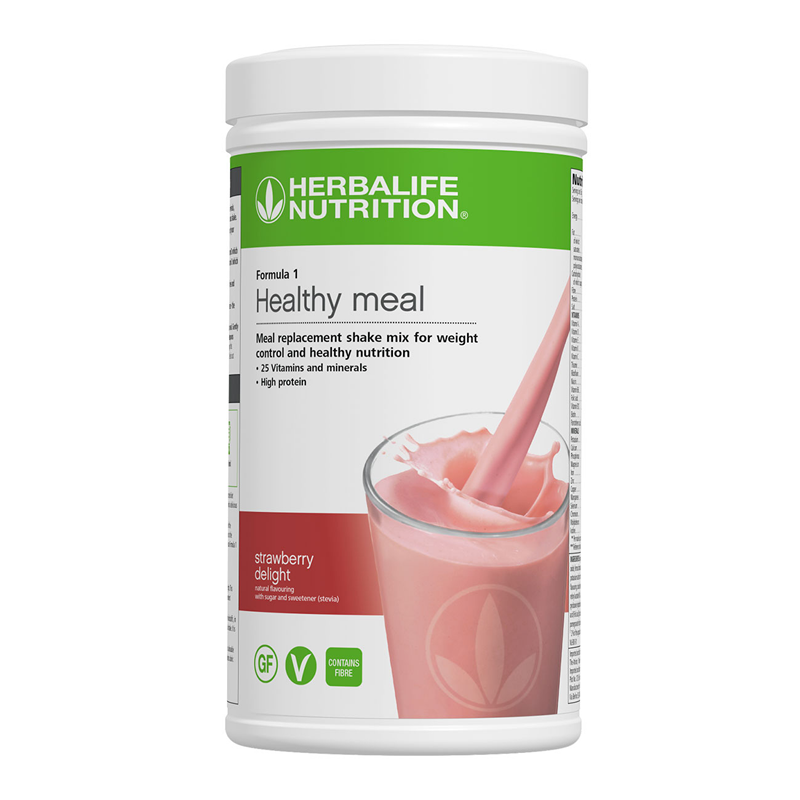
In the hustle and bustle of South African life — whether you’re commuting through Johannesburg traffic, running errands in Cape Town, or juggling family responsibilities in Durban — health and nutrition often take a back seat. This is where meal replacement shakes like Herbalife step in. Marketed as quick, nutritious, and weight-loss friendly, Herbalife shakes have found a solid following across Mzansi.
But before you scoop, shake, and sip, it’s worth understanding what exactly you’re putting into your body. One important number often overlooked is the kilojoule content. In a country battling rising rates of obesity and lifestyle-related illnesses, knowing how many kilojoules are in your Herbalife shakes — and what that means — can help you make more informed health decisions.
Let’s break it down.
Understanding Kilojoules: A Quick Primer
In South Africa, we use kilojoules (kJ) instead of calories as the standard unit for measuring energy in food. It’s simple:
- 1 kilocalorie (kcal) = 4.184 kilojoules (kJ)
So when you see “870kJ” on a label, that’s about 208 calories. Kilojoules tell us how much energy food provides. If we eat more kilojoules than our body burns, we gain weight. If we consume fewer, we lose weight.
Your average adult South African needs between 8,700kJ to 10,500kJ per day, depending on gender, age, activity level, and health status.
So, How Many Kilojoules Are in Herbalife Shakes?
Let’s focus on the most popular product: Herbalife Formula 1 Nutritional Shake Mix.
According to Herbalife’s South African product info:
- One serving (26g of powder) mixed with 250ml of fat-free milk contains approximately:
- 870–900kJ
- 17g of protein
- 15g of carbs
- 1.5g of fat
If you mix the powder with water instead of milk, the kilojoule content drops significantly — to around 410–450kJ — but so does the nutritional value.
Let’s compare:
| Shake Mix | With Fat-Free Milk | With Water |
|---|---|---|
| Kilojoules | ~900kJ | ~450kJ |
| Protein | 17g | ~9g |
| Taste/Satiety | Creamier, more filling | Thinner, less satisfying |
What Do Those Kilojoules Mean in Real Life?
To put it in context:
- 1 medium banana = ~400kJ
- 1 slice of white bread = ~400kJ
- 1 boiled egg = ~300kJ
- 1 McDonald’s cheeseburger = ~1050kJ
So, a Herbalife shake made with fat-free milk gives you the energy equivalent of 2 bananas and an egg, or about 9-10% of your daily energy needs. For a single meal, that’s moderate — especially when compared to a fast food meal, which can easily exceed 3000kJ.
Can Herbalife Help With Weight Loss?
Yes — but only if you consume fewer kilojoules than you burn. Herbalife shakes can help by:
- Controlling portion size
- Reducing the temptation to snack
- Providing a consistent energy intake
Many South Africans have found success by replacing one or two meals a day with Herbalife shakes and keeping their total daily intake under a certain kilojoule target.
But there’s a catch: if you drink the shake and eat your usual meals, you’re likely increasing your total energy intake — which could lead to weight gain.
Herbalife Shakes & Popular Weight Loss Plans
Let’s say you’re on a typical 6,000–7,000kJ/day weight loss plan.
- One Herbalife shake (with milk) = ~900kJ
- Two shakes + one balanced meal = ~3,000–4,000kJ
- Add healthy snacks (fruit, yogurt, nuts) = Total ~6,000–6,500kJ
This model aligns with popular Herbalife programmes and leaves you feeling energised but still in a kilojoule deficit.
If you’re active — doing gym, walking in the township, or chasing after your kids — you may need slightly more. Always adjust based on your energy needs.
Are the Kilojoules Worth It?
Let’s look at the nutritional value per kilojoule — a good way to judge food quality.
Herbalife shakes offer:
- High protein (helps with satiety and muscle maintenance)
- Low fat
- Enriched with 24+ vitamins and minerals
- Low glycaemic index (helps keep blood sugar stable)
That’s solid nutrition for under 1000kJ — better than most cereal-and-toast breakfasts or takeaways. However, they lack fibre and chewability, which can leave some people feeling less full.
Hidden Kilojoules: What to Watch For
Some people unknowingly add more kilojoules by:
- Using full cream milk (adds ~300kJ)
- Adding fruits, peanut butter, or oats (~200–600kJ extra)
- Drinking an extra shake “as a snack” (~900kJ)
- Not accounting for teas, coffees, or juices
That’s why tracking total intake matters. Apps like MyFitnessPal or South African-friendly FatSecret can help you monitor your kilojoule budget easily.
Herbalife in a South African Context
South Africa faces a growing obesity crisis, particularly among women. According to Stats SA, nearly 70% of women and 31% of men are overweight or obese. Urbanisation, convenience eating, and economic pressures all play a role.
Herbalife offers a structured, easy-to-follow alternative. Many South Africans — from Soweto to Stellenbosch — appreciate its convenience, especially those without time or resources to prep every meal.
However, no shake can outshine a poor diet. Replacing meals with Herbalife is a tool — not a magic bullet. Combine it with:
- Lean meats, veggies, and whole grains
- Regular exercise
- Drinking lots of water (and cutting sugar drinks)
- Getting enough sleep
Is It Safe Long-Term?
For most healthy adults, yes. Herbalife shakes can be part of a long-term eating plan, especially when used to replace only 1–2 meals a day. They are registered with the SAHPRA and follow food safety standards.
That said, you should:
- Avoid replacing all meals with shakes
- Talk to a doctor if you have diabetes, kidney issues, or any medical condition
- Be wary of Herbalife coaches who promote excessive supplementation — you don’t need a whole suitcase of pills to lose weight
Final Thoughts: Should You Shake It or Skip It?
Herbalife shakes are:
✅ Convenient
✅ Low in kilojoules
✅ Nutritionally balanced
✅ Useful for weight management
But they are not a replacement for good eating habits or an active lifestyle. In the context of kilojoules, they’re a smart choice — as long as you manage your total intake and don’t use them to justify high-kJ indulgences elsewhere.
So, next time you’re rushing out the door in Pretoria or grabbing breakfast before work in East London, reaching for a Herbalife shake could be a kilojoule-conscious choice — just make sure it’s part of a bigger, healthier plan.
Bonus: Tips for Getting the Most from Your Herbalife Shakes
- Use fat-free or low-fat milk to keep kilojoules in check
- Add 1–2 tsp of psyllium husk for fibre and fullness
- Pair it with a glass of water and a piece of fruit if needed
- Track your kilojoule intake for at least 7 days to stay on top
- Be consistent — results come with daily habits, not quick fixes
Got questions about Herbalife or healthy eating in SA?
Drop them in the comments.

